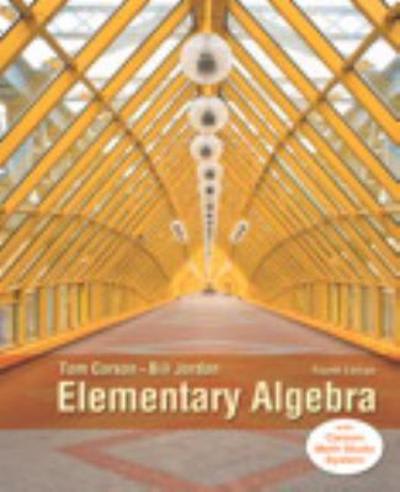please only solve question number 9 only
[IV, $4] FUNCTIONS DEPENDING ON DISTANCE FROM ORIGIN 109 110 THE CHAIN RULE AND THE GRADIENT [IV, $4] IV, $4. EXERCISES 7. Parametrizatione (x*/a*) + (y*/b') = 1 by a differentiable curve. 1. Let g be a function of r, let r = Xli, and X = (x, y, =). Let f(X) = g(r). 8. Let f be a differentiable function (in two variables) such that grad f(X) = ex Show that for some constant c and all X in 2-space. Show that f is constant on any circle of radius a > 0, centered at the origin. [Hint: Put x = a cost and y = a sin t and find df /dt.] Exercise 8 is a special case of a general phenomenon, stated in Exercise 9. 2. Let , be a function of r, and r = [X]. Let f(X) = g(r). Find grad f(X) for 9. Let f be a differentiable function in n variables, and assume that there exists the following functions. a function h such that grad f(X) = h(X)X. Show that f is constant on the sphere of radius a > 0 centered at the origin. (a) g(r) = 1/r (b) s(r) = ] (c) g(r) = 1/p (d) g(r) =ed (e) g(r) = log 1/r (1) g(r) = 4/pm That f is constant on the sphere of radius a means that given any two points P, (g) a(r) = cos Q on this sphere, we must have f(P) =f(Q). To prove this, use the fact proved in Exercises 5 and 6 that given two such points, there exists a curve C(t) joining You may either work out each exercise separately, writing the two points, i.e. C(t,) = P, C(t;) = Q, and C(t) lies on the sphere for all t in the interval of definition, so revxit ...+ x C(1) . C(1) = at. and use the chain rule, finding of/ex, in each case, or you may apply the general formula obtained in Example 1. that if f(X) = g(r), we have The hypothesis that grad f(X) can be written in the form h(X)X for some func- tion h means that grad f(X) is parallel to X (or O). Indeed, we know that grad /(X) - #4x. grad f(X) parallel to X means that grad f(X) is equal to a scalar multiple of X, and this scalar may depend on X, so we have to write it as a function h(X).] Probably you should do both for a while to get used to the various nota- tions and situations which may rise. 10. Let r = |X|. Let g be a differentiable function of one variable whose deriva- tive is never equal to 0. Let /(X) = p(r). Show that grad f(X) is parallel to The next five exercises concern certain parametrizations, and some of the results X for X * 0. from them will be used in Exercise 9. [This statement is the converse of Exercise 9. The proof is quite easy, cf. Exam- 3. Let A. B be two unit vectors such that A . B = 0. Let ple 1. The function h(X) of Exercise 9 is then seen to be equal to g'(r)/r.] F(t) = (cos !)A + (sin ()B. 11. Verify that the following functions are harmonic. Show that F() lies on the sphere of radius 1 centered at the origin, for each value of t. [Hint: What is F(t) . F()?] (a) log /x3 + y' = log r (in two variables!) 4. Let P. Q be two points on the sphere of radius 1, centered at the origin. Let L(() = P + ((Q - P), with 0 : $ 1. If there exists a value of t in [0, 1] such ( b ) = (in three variables!) that L(t) = 0, show that I = ], and that P = -Q. 5. Let P. Q be two points on the sphere of radius 1. Assume that P # -Q. Show that there exists a curve joining P and Q on the sphere of radius 1, 12 (a) Let f(x, y) = g(r) where r = vx' + y'. Show that centered at the origin. By this we mean there exists a curve C(t) such that C(1)* = 1, or if you wish |C(t)| = 1 for all , and there are two numbers t, arf arf d'g 1 dg and 12 such that C(t,) = P and C(t,) = Q. [Hint: Divide L(t) in Exercise 4 axit a dri *+ dr by its norm.] 6. If P, Q are two unit vectors such that P = -Q, show that there exists a (b) If f (x, y) = e"", show that differentiable curve joining P and Q on the sphere of radius 1, centered at the origin. You may assume that there exists a unit vector A which is per- dx 1 2 = 4f (x, P)(r2 - 1). pendicular to P. Then use Exercise 3. Windows Ink Worksp







